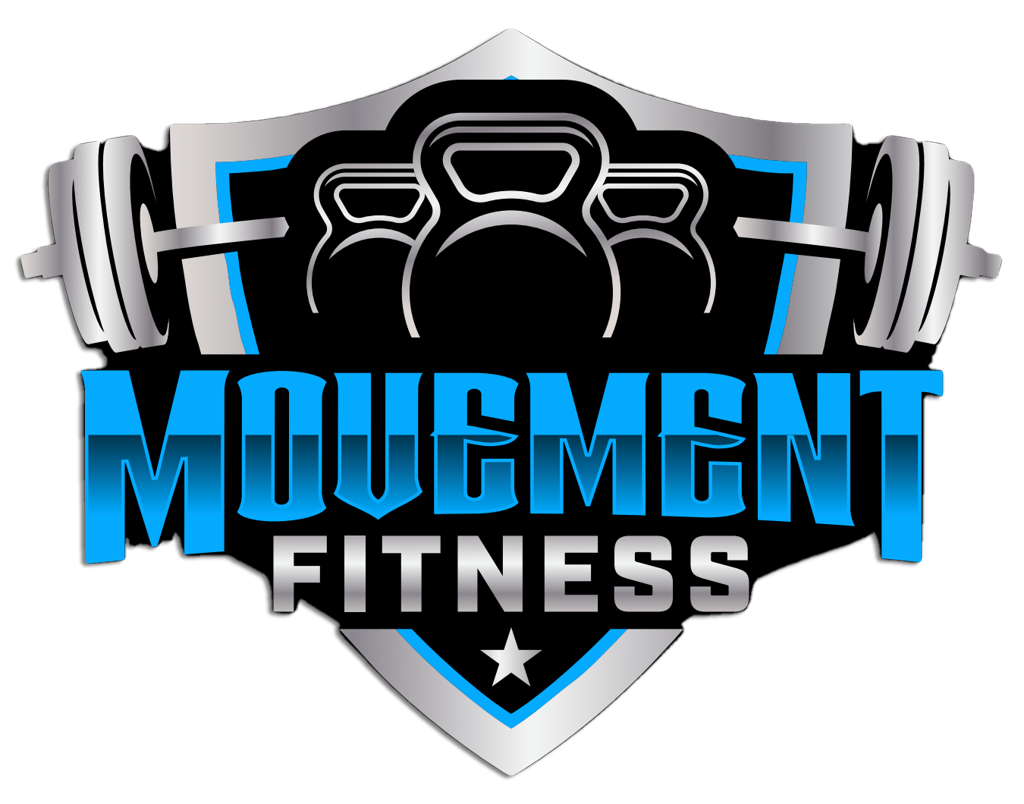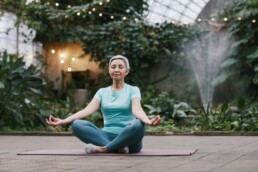TRX Basics: Your Guide to Starting Suspension Training
Introduction
Total Body Resistance Exercise (TRX) is a versatile and effective form of suspension training. Developed by Navy SEALs, TRX leverages gravity and body weight to perform a variety of exercises. This article introduces beginners to TRX and outlines some of the best exercises to start with.
1. What is TRX?
TRX is a form of suspension training that uses body weight exercises to develop strength, balance, flexibility, and core stability simultaneously. It involves using a system of ropes and webbing called a "TRX Suspension Trainer" to allow users to work against their own body weight.
2. Benefits of TRX Training
TRX training is suitable for all fitness levels and offers numerous benefits. It engages multiple muscle groups, improves core strength, enhances balance, and offers a full-body workout. Its adjustable nature allows for tailored exercise difficulty, from beginners to advanced athletes.
3. Getting Started with TRX: Essential Exercises for Beginners
Here are some fundamental TRX exercises perfect for beginners:
a. TRX Squats: This exercise strengthens the legs and glutes while improving balance and stability. Stand facing the anchor point, holding the TRX handles in front of you, and perform a squat.
b. TRX Rows: To build upper body strength, particularly in the back and arms, face the anchor point, lean back, and pull your chest towards your hands.
c. TRX Chest Press: Facing away from the anchor point, lean forward with your arms extended, then lower your body before pushing back up, similar to a push-up.
d. TRX Plank: This core exercise involves placing your feet in the TRX straps and holding a plank position. It's excellent for building core strength and stability.
4. Tips for TRX Training Beginners
- Start Slowly: Begin with basic exercises and gradually increase the difficulty.
- Focus on Form: Proper form is crucial to prevent injury and maximize benefits.
- Adjust the TRX: Learn how to adjust the TRX straps for different exercises.
- Listen to Your Body: Avoid pushing too hard initially and build intensity over time.
Conclusion
TRX offers an effective and versatile workout option for individuals of all fitness levels. Beginners can particularly benefit from its adaptability and the full-body engagement it offers. By starting with basic exercises and focusing on form, beginners can safely enjoy the benefits of TRX training.
Exercise and Nutrition: Keys to a Healthier You
Introduction
In the quest for optimal health, balancing regular exercise with healthy eating is crucial. This holistic approach not only enhances physical fitness but also improves overall well-being. This article delves into why this balance is important and how to achieve it effectively.
1. The Role of Exercise and Nutrition
Exercise and nutrition are two pillars of good health. While exercise strengthens the body and improves cardiovascular health, nutrition provides the necessary fuel and building blocks for the body to function and recover. The Centers for Disease Control and Prevention (CDC) emphasize the importance of both in maintaining a healthy weight and reducing the risk of chronic diseases.
2. Enhanced Physical Benefits
A balanced approach to exercise and healthy eating leads to enhanced physical benefits. Regular physical activity increases muscle strength and endurance, and a nutritious diet provides the necessary nutrients to support these physical changes. The American College of Sports Medicine notes that the right nutrition can improve exercise performance, recovery, and outcomes.
3. Mental Health and Well-being
This balance also has significant mental health benefits. The Mayo Clinic reports that exercise improves mood and mental health, while a balanced diet can stabilize energy levels and improve brain function. Together, they contribute to better stress management and cognitive function.
4. Long-term Health Implications
Maintaining a balance of exercise and healthy eating has long-term health implications. According to the World Health Organization (WHO), this balance is key in preventing chronic diseases like diabetes, heart disease, and obesity, and in promoting longevity and quality of life.
5. Achieving and Maintaining the Balance
Achieving this balance involves regular physical activity (both aerobic and strength training), and a diet rich in fruits, vegetables, lean proteins, and whole grains. It’s also important to listen to the body’s cues and adapt as needed. Consulting with healthcare professionals for personalized advice can be beneficial.
Conclusion
Balancing regular exercise with healthy eating is a cornerstone of maintaining good health and well-being. This synergy enhances both physical and mental health and provides a strong foundation for long-term wellness. Understanding and applying this balance in daily life can lead to significant improvements in quality of life.
References:
- “Physical Activity and Health,” Centers for Disease Control and Prevention.
- “Nutrition and Athletic Performance,” American College of Sports Medicine.
- “Exercise and Mental Health,” Mayo Clinic.
- “Diet, Nutrition and the Prevention of Chronic Diseases,” World Health Organization.
5 Holistic Approaches to Staying Fit
Achieving and maintaining fitness is not just about building muscle or losing weight. It encompasses strength, flexibility, cardiovascular health, and mental well-being. The gym, when utilized appropriately, can be a sanctuary for holistic health. As the gym morphs into more than just a place of weights and treadmills, let’s navigate through five evidence-backed strategies for holistic fitness.
1. The Cardiovascular Commitment
Cardio exercises, often relegated to weight loss endeavors, play a more profound role. Whether it’s the rhythmic cadence of feet on the treadmill, the smooth cycle rotations, or the elliptical’s glide, these routines bolster heart health and expand lung capacity. Their vitality is corroborated by the Journal of the American College of Cardiology, which underscores that steadfast aerobic exercise significantly slashes the risk of cardiovascular ailments, enhancing overall life expectancy [1].
2. Strength Training: Beyond Muscle Building
Strength training, while synonymous with sculpted physiques, casts a broader health net. Lifting weights or tugging at resistance bands is a salve for the bones, a turbocharger for metabolism, and a guardian of postural grace. Delving into the pages of the Journal of Applied Physiology, one discovers that consistent strength training is a formidable adversary to age-triggered muscle attrition while keeping the metabolic fires roaring [2].
3. The Dance of Flexibility and Mobility
A gym session is incomplete without the gentle stretches or the more structured poses of yoga. These regimens, seemingly passive, are potent tools to enhance flexibility, pare down injury risks, and optimize muscle function. The Journal of Strength and Conditioning Research stands testament to this, highlighting the manifold benefits of regular stretching: improved joint mobility, impeccable posture, and coordinated muscle movements [3].
4. HIIT: Fitness in Short Bursts
High-Intensity Interval Training, or HIIT, is the modern-day antidote to prolonged workouts. This regimen, oscillating between fervent exercise spurts and restful intervals, is a cardiovascular boon. But its appeal isn’t just in heart health; it’s a formidable foe to body fat. The Journal of Sports Science & Medicine extols HIIT’s virtues, spotlighting its prowess in amplifying cardiovascular health, honing insulin sensitivity, and incinerating body fat, all contributing to a holistic fitness tableau [4].
5. Cultivating the Mind at the Gym
Fitness, in its truest essence, is as cerebral as it is physical. Modern gyms, recognizing this, often host sessions focused on the mind’s well-being. Meditation corners or deep-breathing classes aren’t just fillers; they’re essential components. Delving into the nuances, Frontiers in Psychology emphasizes how meditation and mindfulness are pivotal in whittling down stress, sharpening mental clarity, and fostering emotional tranquility [5].
In conclusion, the gym, with its diverse offerings, emerges as a sanctuary for holistic health. It’s not just about the intensity of the sweat or the weight on the barbell; it’s about embracing a well-rounded approach, ensuring every facet of fitness is nurtured and celebrated.



